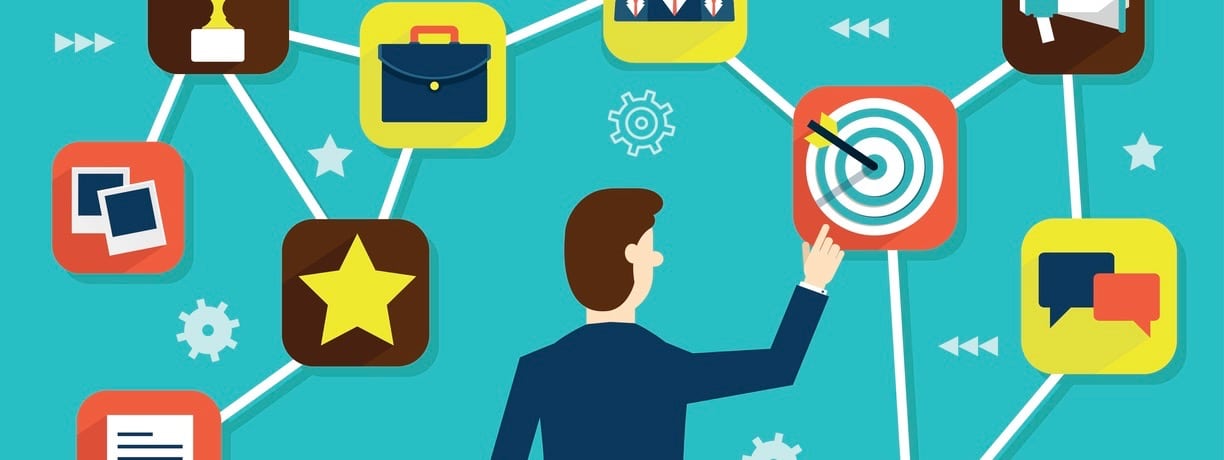To deliver on business objectives, big brand ideas matter—but so does tactical execution. Especially in retail. And especially now.
Retail consumers, just like yours and your client’s, have more and more options such as Amazon, Wayfair, Costco, and many others that align with their lifestyle and create easy, seamless shopping experiences. They also have high expectations about their experience with your brand. Consumers know data is being collected on them, so at the very least, they expect to be heard—or else.
Savvy brands are taking notice. Just look to the bullseye: Target consistently leans on its brand promises (i.e. Expect more, pay less and Great shopping, anytime, anywhere) to drive operational tactics. By staying true to their brand and acknowledging that its primary consumer is the busy mom who sometimes really just needs a drive-through, Target has launched its big box “Drive Up” in its Minnesota market. Target’s also partnering with Google Express to extend a similar expeditious service experience online and deliver on what loyal customers expect from the brand.
Strangely enough, in loyalty marketing, living up to the brand promise is often overlooked
Often loyalty marketing tactics, such as promotional emails, are sent to a company’s most devoted customers lacking any love from the brand. Though they may provide an attractive offer, they offer no positive emotional connection. Question is, why ignore the very people that love your brand the most?
Some brands and agencies don’t find this tactical-level work exciting. It’s just 1-to-1 after all, right? But this is precisely where real business growth happens in a big way—and that should be exciting. Undoubtedly, tying marketing and advertising tactics to a brand’s promise can indeed make a major impact. Doing it expertly and efficiently though isn’t easy, so it requires the right partnership.
For example, Minneapolis agency Riley Hayes calls the fusion of brand creativity and tactical muscle LoveAction. And rightly so, they believe that by marrying above-the-line thinking with below-the-line marketing discipline, they can build brand affection and drive consumer action, both at the very same time.
As a brand, you should never have to choose between great creative and motivating tactics
A loyalty program that builds brand affinity while compelling customers to engage (click, share, buy) will deliver big business results. Many marketing and advertising practitioners talk about the importance of brands connecting emotionally with customers, and they’re spot on. But how do you actually do it day in and day out?
Connect with your brand’s customers, segment by segment, based on their needs
What will a brand’s loyalists expect the brand will do for, be or give them? The answers can be vastly different from brand to brand, but the solution is really based in Maslow’s hierarchy of needs from his Theory of Human Motivation. Consider how Apple appeals to its consumers’ highest sense of self (self-actualization) to Think Different. Communicating how your brand will satisfy your loyalist’s needs will motivate them to continue engaging with your brand.
Make loyalty less about points and transactions and more about consumer values, experience and engagement
Make it more about what connects them to your brand. It’s the marketer’s objective—and challenge—to figure out how that is best expressed in customer interactions at every touchpoint.
Never let good data go to waste
With the right data partner, you can multiply success across multiple channels. In the case of email and direct mail, data will help you achieve consistently improving open rates, and consequently sky-high redemption rates—real ROI—by allowing you to test and optimize within small populations of individual segments. Not only does this limit wasted resources and improve results, it also narrows the messaging focus to specific consumer needs and drivers, paving a clear foundation for you to build an even better connection with individual customers.
Bottom line: choose tactics in your loyalty program that allow you to maintain the integrity of your brand while reaching valuable consumer segments—where they are and when they’re ready—with powerful data to connect in a highly personalized and emotional way. Approaching loyalty marketing with a strategy that reflects the aspirational goals of your customers is a sure-fire way to increase engagement. That means more full shopping carts, in store and online.
Is 1-to-1 sexy work? Not necessarily. Does it connect consumers to the brand in a meaningful way, increase engagement and grow the business? Most definitely. And isn’t that what you’re looking for? A happy marriage of your big brand ideas to business and consumer value?
It’s doable. You just have to say “I do.”



